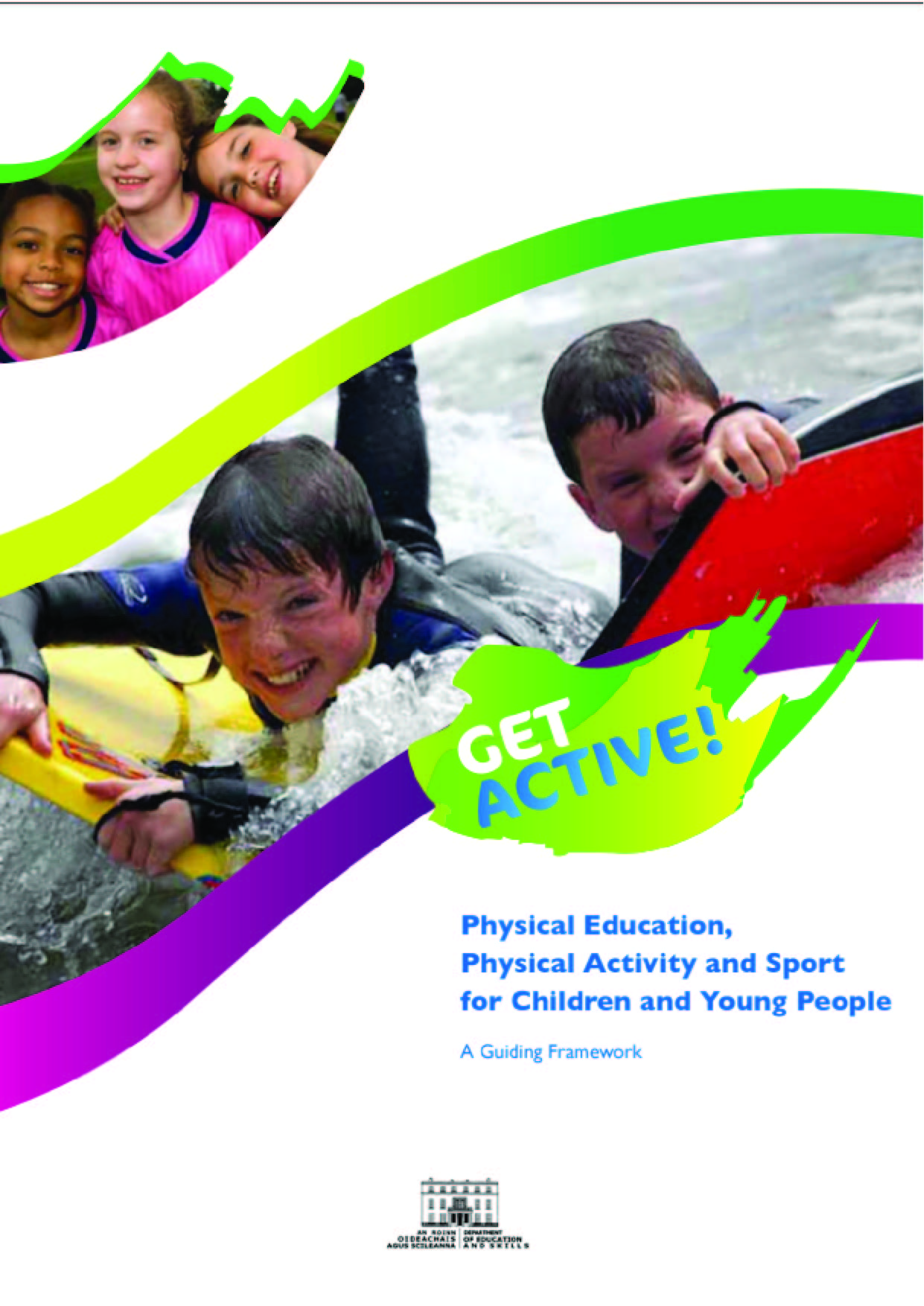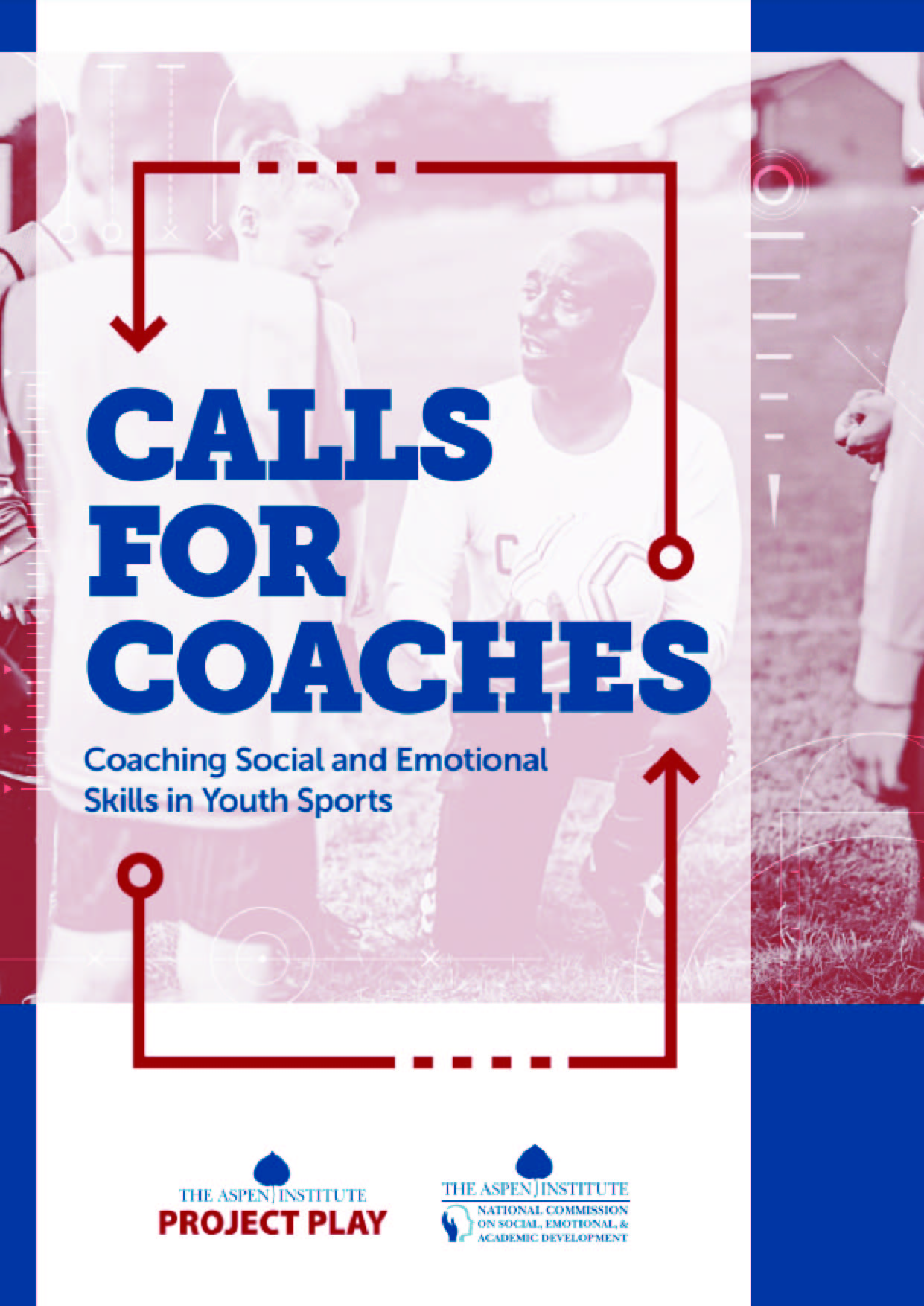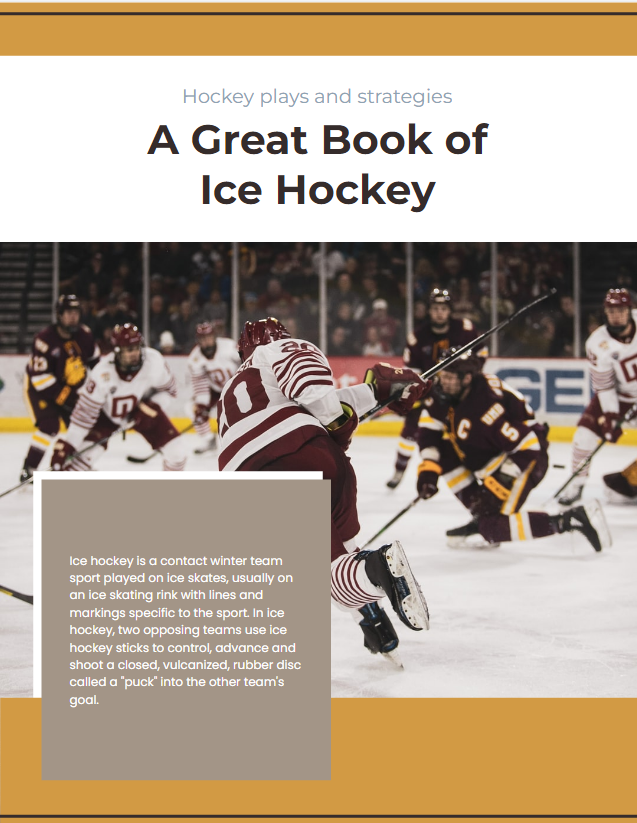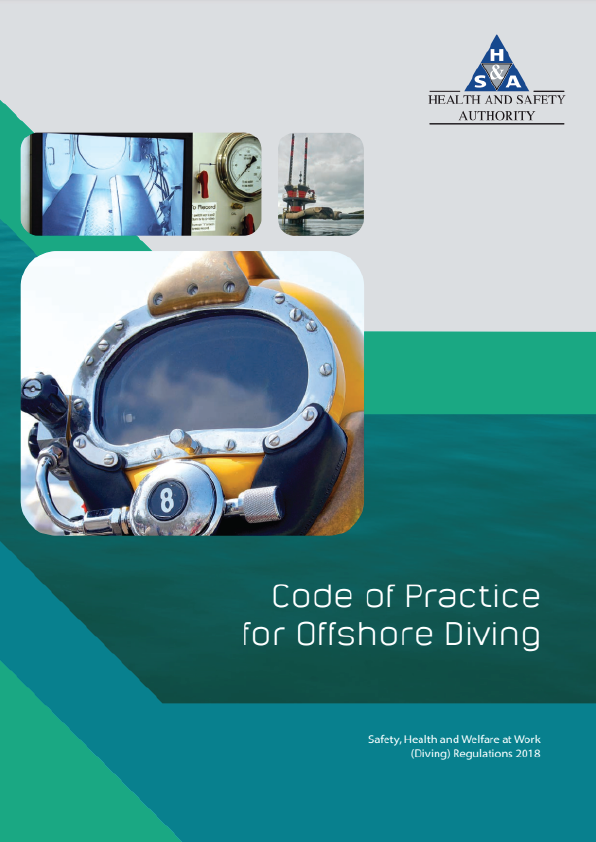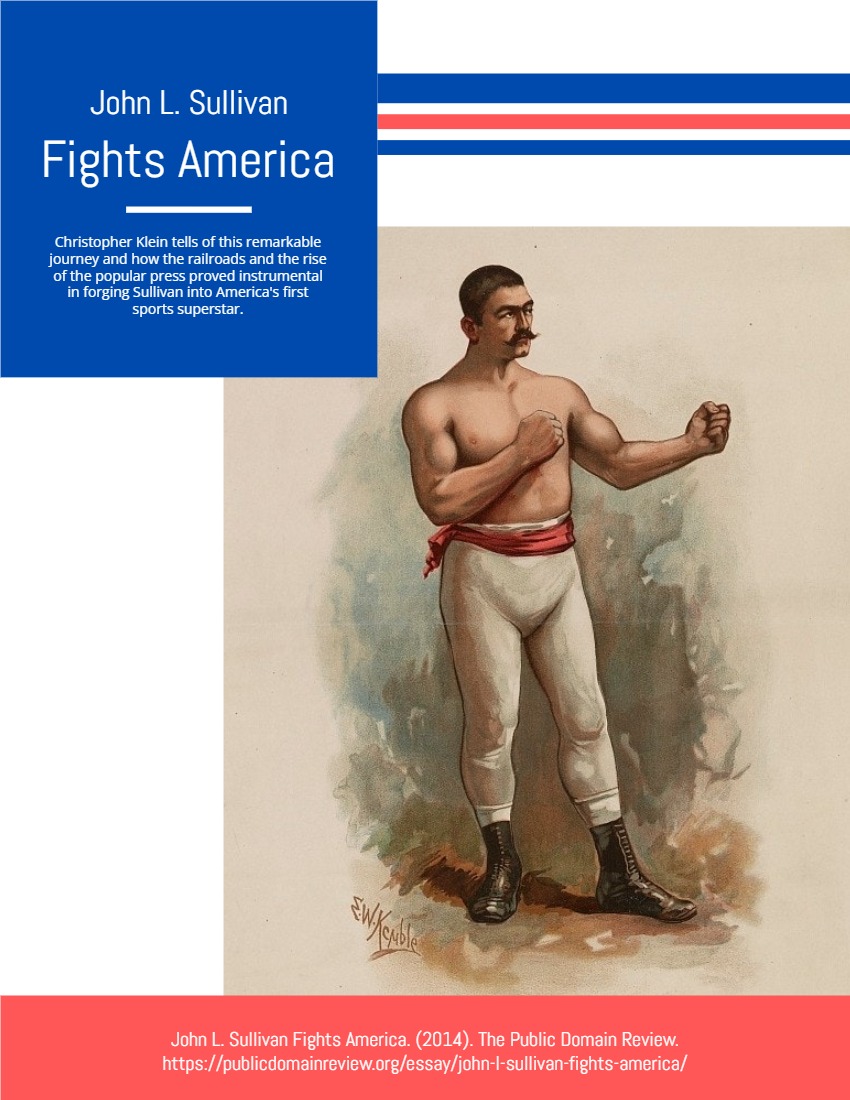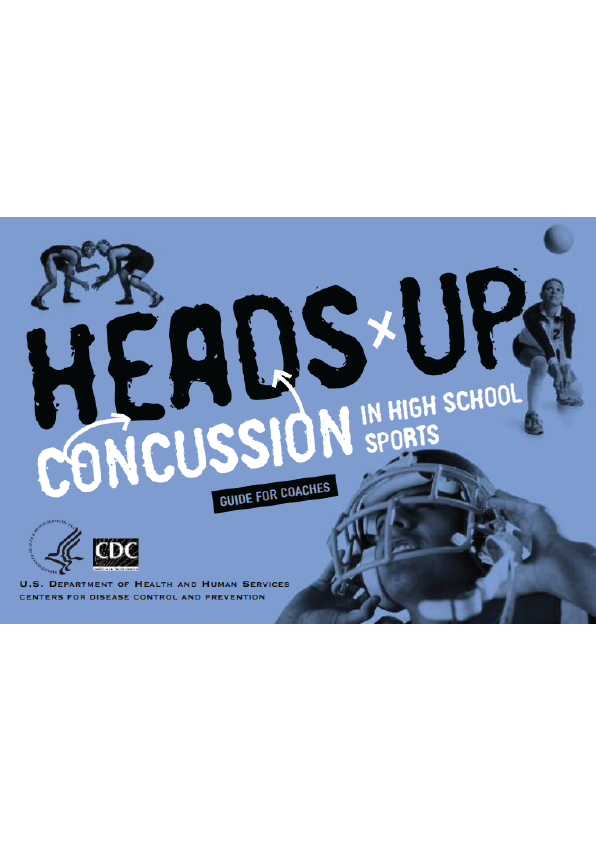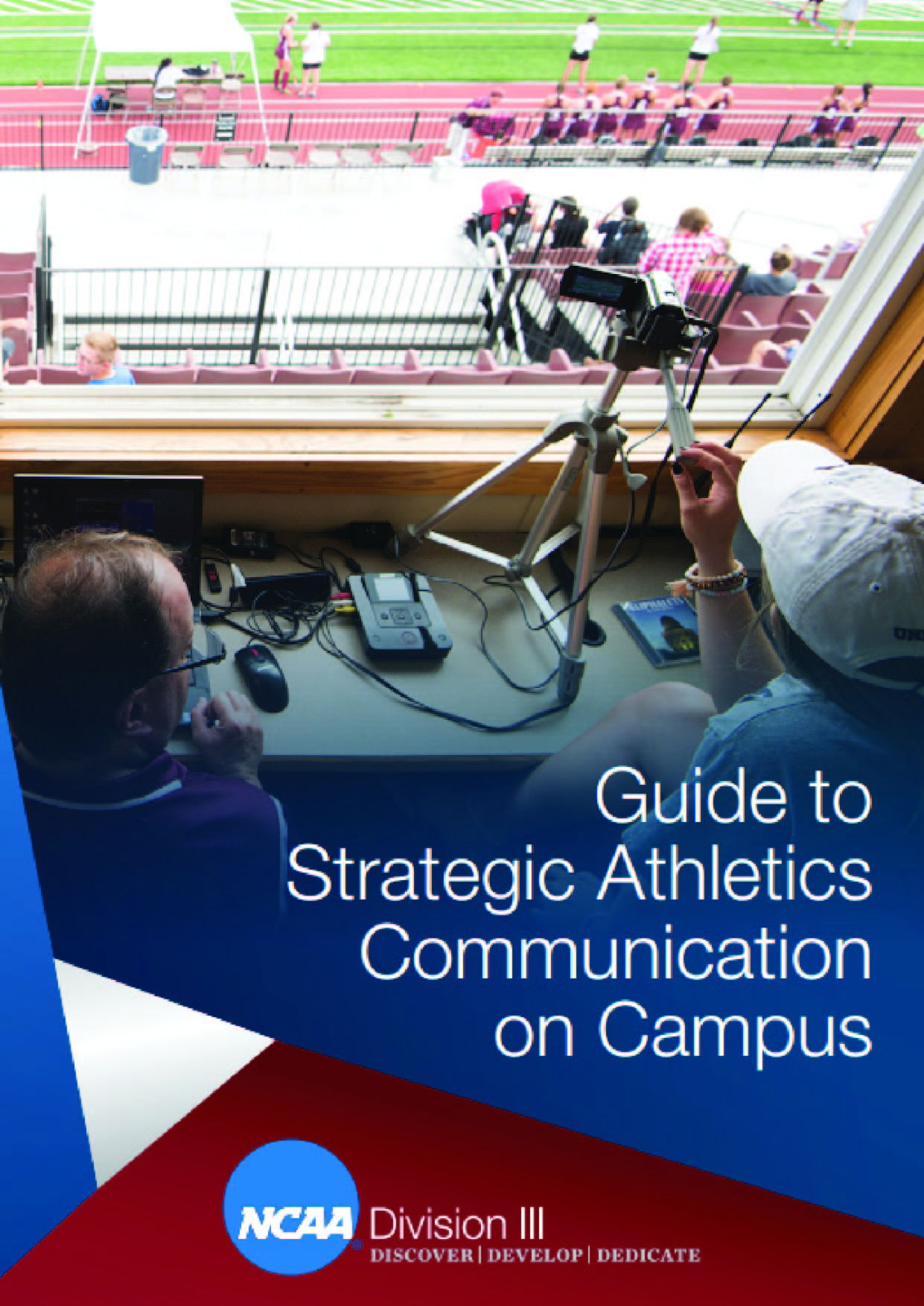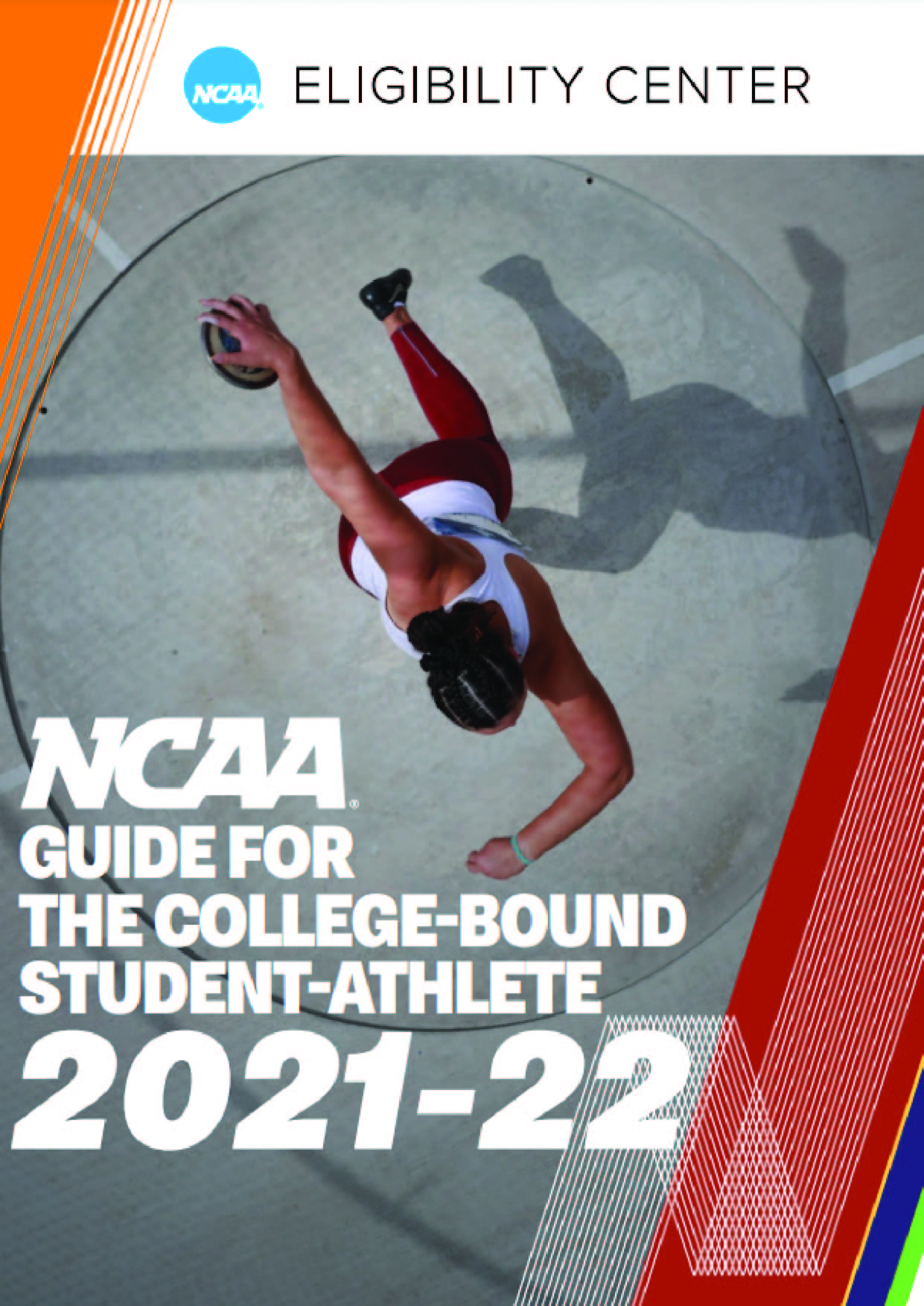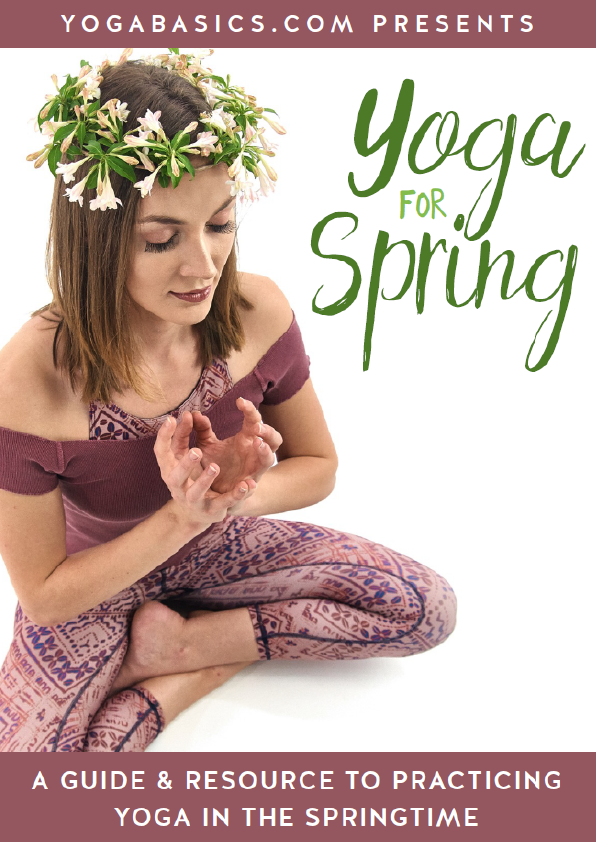Why was this Guide Developed?
Physical activity plays an important role in the lives of children and young people:
- as a medium for education
- as a basis for healthy living
- as a vehicle for social inclusion
In recognition of the potential within this role, this guide sets out to create the framework for a co-ordinated approach to physical education, physical activity and sport in school and community settings for children and young people. It draws on the National Guidelines on Physical Activity for Ireland (2009), which outline the nature, frequency and intensity of physical activity to be engaged in for health benefits. Those guidelines form the foundation for this and related documents which seek to clarify the desired outcomes, in terms of knowledge, competencies and attitudes, of quality physical education, physical activity and sport.
The formulation of this guide reflects the commitment of the Department of Education and Skills; the Department of Health; the Department of Children; and the Department of Transport, Tourism and Sport to the promotion of children’s well-being and interests. More specifically, this guide is an effort to realise the strengths that can be gained in terms of quality provision and experiences if common goals are promoted and pursued across a range of physical activity contexts3.
It is envisaged that experiences across the three settings in this framework would support and reinforce each other. In this way, all children are provided with a clear accessible pathway for progression so that they can achieve their potential and live an active, healthy lifestyle. Reference is made to ‘play’ in the document, in recognition of the fact that young children often participate in physical activity in this way.
Who should Use this Guide?
The guide is targeted at:
- Young people and those who work directly with children and young people in physical activity settings in schools. This includes teachers and external providers (EPs)4 at primary level, and physical education teachers and teachers involved in organising co-curricular activity at post-primary level, and sports leaders5.
- Those who influence the nature of physical education, physical activity and sports experiences, such as: school leaders; Boards of Management; and Parent Associations of all schools; after-school childcare providers at primary level; and Student Councils at post-primary level.
- Those involved in co-ordinating and providing physical activity and sport in community contexts, such as the Co-ordinator attached to Local Sports partnerships; Sports National Governing Bodies; and Physical Activity Co-ordinators. Additionally, it is aimed at parents / guardians and Parent Associations at primary level as they play an important role in the provision of co-curricular and community-based physical activity and sport.
What are our Definitions?
In this guide:
- The term physical education refers to activities taught as part of the curriculum within class time where the emphasis is on learning.
- Physical activity is an all-encompassing term which includes physical education, sport, play and activity undertaken for enjoyment or health or performance enhancing purposes.
- Sport refers to those activities that are organised in a structured way and have a focus on competition.
What does this Guide Entail?
The guide entails a suite of three documents – Get Active 1, Get Active 2 and Get Active 3 which are briefly described below. While they can be read on a stand-alone basis, they are best considered together.
Get Active 1, Agreeing a vision for all to work towards, outlines the desired outcomes of children’s and young people’s participation in physical education and physical activity, and should be considered in line with the school’s or club’s mission and vision. These desired outcomes are intended to help users review the current position, as a basis for further action.
Get Active 2, Developing a plan to achieve our vision, addresses the process of implementation, and guides users in terms of setting down targets, tasks, time frames, roles and responsibilities. This element of the guide is intended to help those involved in planning and delivering programmes to work together more effectively. Ideally, a school should develop its physical education and co-curricular physical activity programmes within the framework of its school plan as guided by its vision and aims.
Get Active 3, Evaluating our progress, is intended to guide users in relation to the monitoring and evaluation of those programmes that are in place. Some of its elements may form the basis of an ongoing review process within the school and community, carried out in a systematic way, in order to improve programme effectiveness. Alternatively, it can help schools prepare for accreditation schemes such as the Active School Flag6 and Health Promoting Schools.
